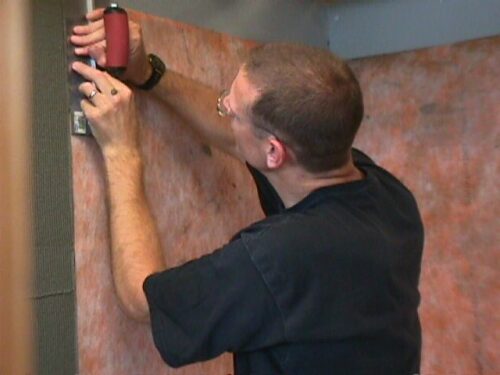QUESTION
Some manufacturers allow a sheet membrane to be continuously wrapped around inside corners. If that movement is such a problem for grout to crack, then what happens to the bonded tile assembly on the membrane when the same movement occurs?
ANSWER:
The sheet membrane is flexible. Tile and grout (even single component grouts) are not.
The change in plane joint – the space between the tiles – when filled with a flexible sealant appropriate for the environment, will allow for structural movement, expansion, etc., when properly installed.
If the corner is hard-tiled (no open joint between the tiles) or filled with grout, then the whole tile system is rigid and becomes subject to the forces and dynamics of structural movement, expansion, contraction, etc.
There can be many types of failures such as de-bonding of the tile from the substrate, or perhaps fissures or cracks in the bond coat when there is not an open change in plane joint, or when it is grouted.
If there is a rigid substrate, the change in plane joint must be open there also and for the same reasons, with or without a sheet membrane over the change in plane.







